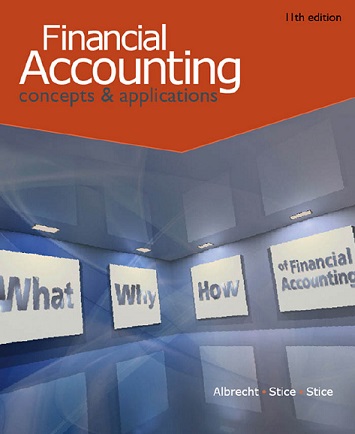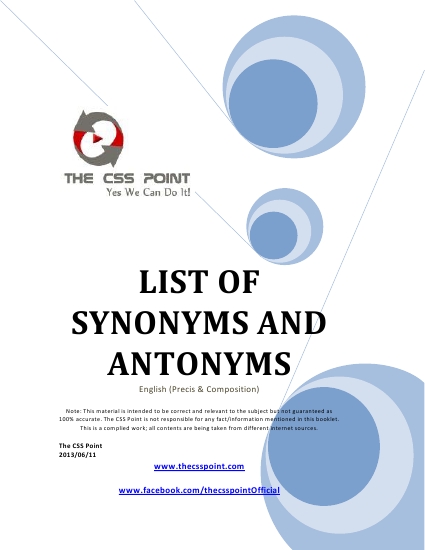Alphabetization: All entries are alphabetized by letter rather than by word, so that multiple-word terms are treated as single words. For example, ACCOUNT FORM follows ACCOUNTANT, and AD VALOREM TAX follows ADMINISTRATIVE BUDGET. In unusual cases (such as BASIC) abbreviations appear as entries in the main text, in addition to appearing in the back of the book in the separate listing of Abbreviations and Acronyms. This occurs when the short form or acronym, rather than the formal name, predominates in the common usage of the field. For example, BASIC is commonly used when speaking of the “BEGINNER’S ALL-PURPOSE SYMBOLIC INSTRUCTION CODE”; thus, the entry is at BASIC. Numbers in entry titles are alphabetized as if they were spelled out. For example, 401(K) PLAN follows FORWARD RATE. Many words have distinctly different meanings, depending upon the context in which they are used. The various meanings of a term are listed by numerical or functional subheading. Readers must determine the context that is relevant to their purpose. When terms are defined as different parts of speech, the grammatical forms are not labeled but the sequence is always nouns, followed by verbs, followed by qualifiers. Abbreviations and Acronyms: A separate list of Abbreviations and Acronyms follows the Dictionary. Cross-References: To add to your understanding of a term, related or contrasting terms are sometimes crossreferenced. The cross-referenced term will appear in SMALL CAPITALS either in the body of the entry (or subentry) or at the end. These terms will be printed in SMALL CAPITALS only the first time they appear in the text. Where an entry is fully defined by another term, a reference rather than a definition is providedfor example: ALPHA RISK see TYPE I ERROR.
Italics: Italic type is generally used to indicate that another term has a meaning identical or very closely related to that of the entry. Italic type is also used to highlight the fact that a word or phrase has a special meaning to the trade. Italics are also used for the titles of publications. Parentheses: Parentheses are used in entry titles to indicate that an abbreviation is used with about the same frequency as the term itself; for example, SECURITIES AND EXCHANGE COMMISSION (SEC). Special Definitions: Organizations and associations that play an active role in the field are included in the Dictionary along with a brief statement of their mission.


























Reviews
There are no reviews yet.